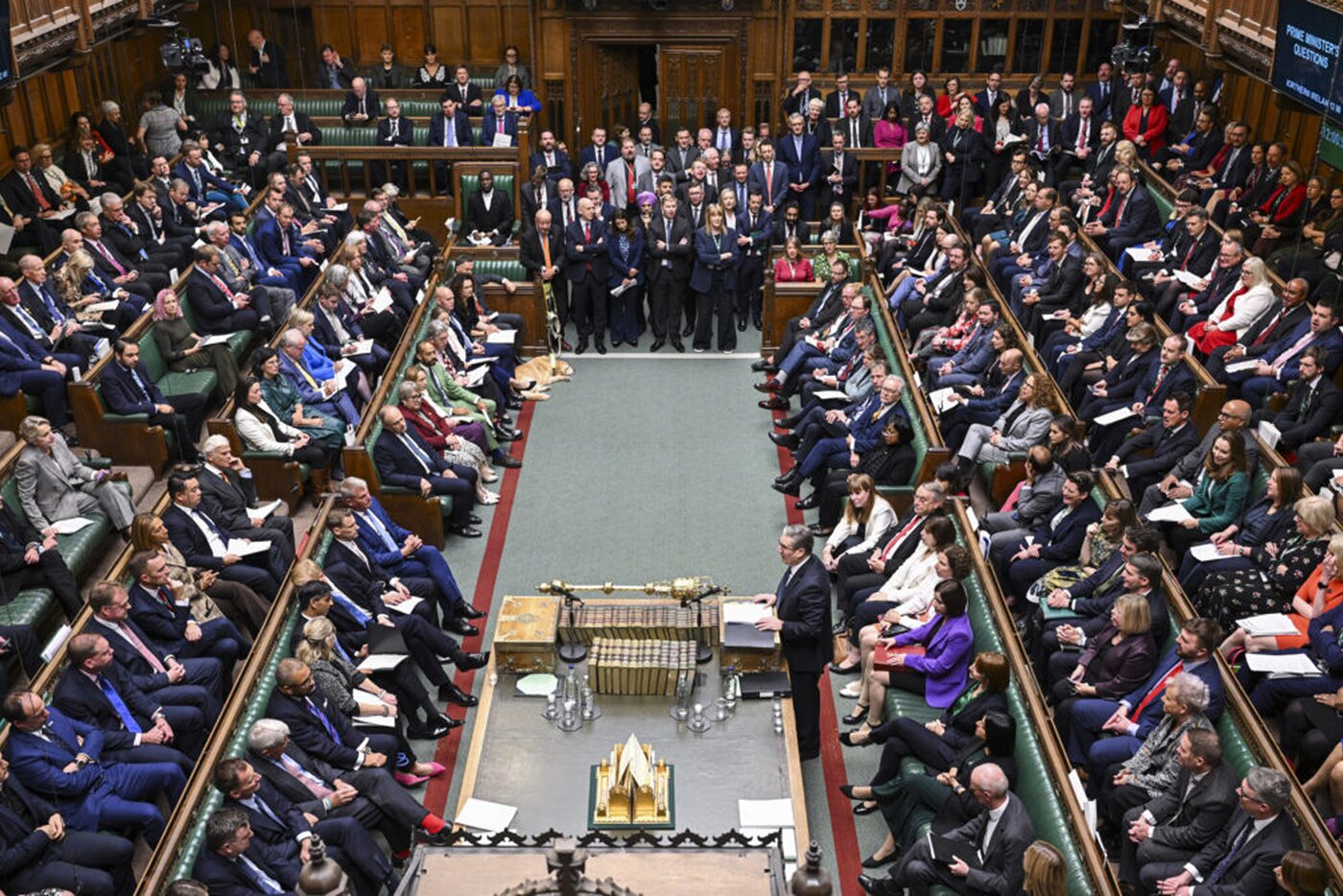
A proposed overhaul of pension savings, part of the government’s retirement reforms, is drawing sharp criticism for potentially exposing UK savers to lower returns in retirement. While intended to boost returns and consolidate schemes, the rules may inadvertently force funds into riskier or less diversified investments, prompting anxiety from financial experts and savers alike.
What’s Changing in Pension Schemes
Starting with UK workplace pension rules, the reforms aim to merge smaller pension pots into large “megafunds” and direct funds into British assets. The goal: reduce fees and increase scale. However, critics see forced investment strategies as a form of “capital controls” that could erode the fiduciary duties pension managers owe to members.
Reuters briefly reported Lloyds Banking Group chief Charlie Nunn likened the measures to “capital controls” and expressed concern they conflict with trustees’ obligations
The Rationale Behind the Reform
From the Labour government's perspective, pension consolidation and investment in the UK economy aim to:
- Reduce administration and investment costs
- Encourage economic growth by channeling £50 bn into local projects
- Provide savers with more stable pension pots
Chancellor Rachel Reeves dubbed the legislation a “game changer” that would not only build bigger pensions but also fuel national investment
Expert Warnings & Fiduciary Concerns
Several financial and pension bodies have issued stark warnings:
- Charlie Nunn of Lloyds said the changes resemble capital controls and might clash with trustees’ duty to pursue the best returns
- Pension Security Alliance cautioned that extracting surplus from schemes could jeopardise member benefits, banks might be using pensions as "piggybanks"
- The Government Actuary’s Department disputed Labour’s claims, suggesting domestic asset returns align with global equities, raising questions over cost and risk

Potential Impacts on Your Nest Egg
- Pension savers could face genderately lower returns due to reduced diversification
- Trustee obligations may shift away from long-term performance toward political mandates
- Savers nearing retirement could be most affected by abrupt asset moves
Balanced Perspectives: Reform vs Risk
Supporters emphasise:
- Scale: pooling small pots could reduce fees
- Economic benefits: allocating pensions to national growth
- Better governance: standardised default income options
Critics counter that:
- Mandated domestic investment could reduce returns and increase risk
- Trustees might be pressured to prioritise politics over pensions
- Public funds like CDC megafunds remain untested in UK law
What Happens Next
Consultation on the Pension Schemes Bill concludes this summer. A House of Commons report is expected later this year, with final legislation in 2026. Watch for:
- Changes to defined contribution scheme thresholds
- Limitations on using scheme surpluses
- Explicit rules on domestic investment mandates

Conclusion
While the UK’s pension overhaul seeks to unify savers’ pots and supercharge investment in domestic infrastructure, it carries considerable risks. Critics worry that mandating investment in British assets could compromise trustees’ obligation to seek the best returns.
With £50 bn of pension capital at stake and surplus DB funds potentially repurposed, the government must tread carefully to avoid denting savers’ confidence. The debate now moves to Parliament and public consultation—pension savers should watch closely how reforms evolve, and whether safeguards for returns and choice remain intact.











